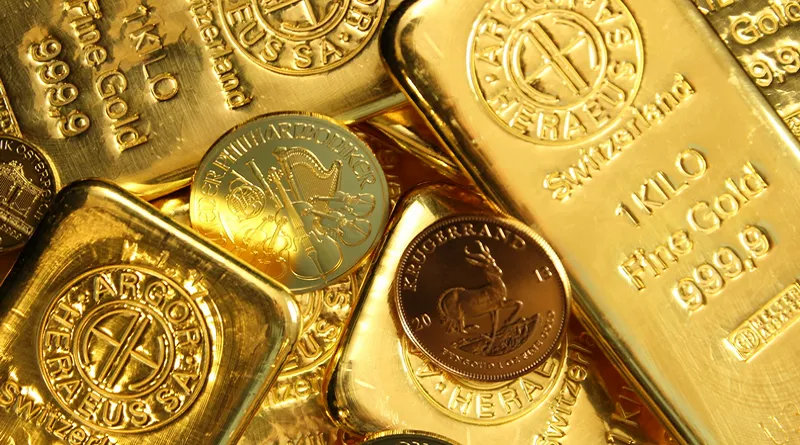Renowned economist and editor-in-chief of Forbes Magazine, Steve Forbes, suggests signs that the world may be edging closer to a gold-based monetary system. Despite widespread skepticism among economists and financial officials, Forbes argues that there are compelling reasons to consider a return to the gold standard.
Forbes highlights the historical success of the gold standard, citing the unparalleled economic growth experienced by the United States during the 180 years when the dollar was tied to gold. He notes that since the abandonment of this system, average growth rates have declined, suggesting a link between the gold standard and economic prosperity.
However, government officials and their allies in academia and media harbor disdain for the gold standard, Forbes contends, as it limits the expansion of government. He points to pivotal moments in history, such as Franklin D. Roosevelt’s actions in the 1930s, when the gold standard was effectively abandoned to facilitate monetary expansion during the Great Depression.
Similarly, President Richard Nixon’s decision to sever the last link to the gold standard in 1972 allowed for unrestricted money printing by the Federal Reserve, leading to inflationary policies and burgeoning government debt. Forbes argues that these actions have incentivized debt and devalued currencies, ultimately fueling interest in a return to the gold standard.
Forbes identifies four key indicators suggesting a resurgence of interest in the gold standard:
Central Bank Gold Buying: Central banks worldwide have been increasing their gold reserves at a record pace, reflecting growing doubts about the long-term value of fiat currencies, particularly the US dollar.
Rise of Cryptocurrencies: The rise of cryptocurrencies, according to Forbes, signals a growing dissatisfaction with fiat currencies and a search for alternatives.
Debt Creation: Record levels of government, corporate, and personal debt underscore the unsustainable nature of fiat money systems and the potential for crises.
BRICS and Alternative Currencies: The BRICS countries, along with other nations, have expressed interest in alternatives to the US dollar, suggesting a shift away from dollar hegemony.
Forbes acknowledges that there are hurdles to overcome in transitioning back to a gold standard, but he suggests that necessity may ultimately drive such a change. Financial analyst Jim Rickards echoes this sentiment, predicting that a collapse of confidence in fiat currencies could compel governments to return to gold as a stabilizing force.
In conclusion, while the path to a gold standard may be fraught with challenges, Forbes and Rickards assert that economic necessity may ultimately dictate such a transition, potentially leading to a significant increase in the price of gold and a return to sound money principles.


